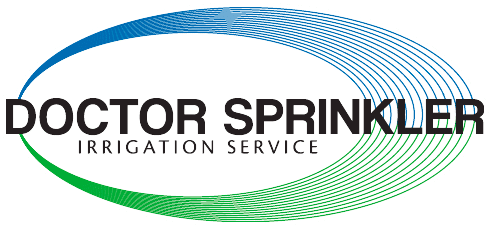How to Winterize Your Irrigation System
As the chill of winter approaches, it’s essential to protect your irrigation system from the damage that freezing temperatures can cause. Winterizing your irrigation systems involves more than just shutting them down. It’s a preventive process that prepares the system for dormancy and ensures it will function smoothly when spring arrives. By taking the time to properly winterize, you safeguard your investment and avoid costly repairs.
Grasping the Concept of Winterizing Irrigation Systems
The key to winterizing irrigation effectively is to remove all water from the system components. This is typically done by flushing the irrigation system pipes, sprinkler heads, drip lines, and other elements with compressed air. This step is crucial because any residual water left in the system can freeze, expand, and lead to cracked pipes and damaged parts. The procedure is not only about preservation but also about setting the stage for a hassle-free restart in the spring.
Proper winterization of your irrigation system also involves a thorough inspection to identify any potential issues before they become significant problems. Checking for leaks, damaged parts, and any irregularities in the system ensures that everything is in optimal condition. Addressing these issues now can save you time and money down the line.
Winterizing your irrigation system is a multifaceted process that involves more than just draining the water. By taking a systematic approach and addressing each component, you can ensure that your irrigation system remains in top condition, ready to provide efficient and effective service when the warmer months return.
Performing a System Evaluation
Before starting the winterization process, it’s crucial to evaluate your irrigation system thoroughly. This step helps you pinpoint existing issues and lay the groundwork for a seamless winterization. Begin by inspecting each component of your irrigation system, including sprinkler heads, pipes, valves, and controllers, for any signs of wear and tear.
Look for leaks, breaks, or malfunctioning parts that could disrupt your system’s efficiency. Document these issues in a detailed condition report, which will serve as a valuable reference when reactivating the system in the spring. This report not only records the current state of your system but also outlines any necessary repairs or adjustments.
Maintaining computerized documentation and a database of your irrigation system’s components, along with the irrigation zone locations, can significantly enhance this evaluation process. Knowing where each part of the system is located allows for a more streamlined inspection and makes it easier to address issues promptly. This data-driven approach ensures that no component is overlooked during winterization.
A thorough system check includes not just the visible parts but also the underlying infrastructure. Inspect the pipes for any signs of corrosion or damage that could lead to leaks when temperatures drop. Pay special attention to areas where pipes are most exposed to the elements, as these are more prone to freezing and cracking.
Don’t forget to check the controllers and valves. Ensure that the controllers are functioning correctly and that the valves are sealing properly. Any malfunctioning parts should be repaired or replaced to prevent issues during the winter months. Properly functioning valves are essential for maintaining the system’s integrity and preventing water from remaining in the pipes.
Finally, make sure to test the system’s pressure. Low water pressure can be a sign of leaks or blockages that need to be addressed before winterization. A pressure test will help you identify any hidden issues that might not be visible during a visual inspection.
By conducting a comprehensive system evaluation, you ensure that your irrigation system is in optimal condition for winterizing, minimizing the risk of damage and making the spring startup process smoother.
How Can I Maintain My Irrigation System?
Maintaining your irrigation system year-round is essential to ensure its longevity and performance. Regular maintenance checks can prevent many common issues, saving you both time and money. One prevalent problem with irrigation systems is undetected leaks. These can result in water wastage and increased utility bills. Conducting periodic inspections can help identify and rectify such problems early on.
Start by looking for signs of pooling water or unusually green or soggy patches in your lawn, which often indicate leaks or blockages. Additionally, decreased water pressure can signal an underlying issue that needs immediate attention. Tackling these problems early can prevent them from escalating into more significant issues, ensuring your system remains efficient and effective.
Pay special attention to the system’s controllers and valves. Ensure controllers are working correctly and that valves are sealing properly. Malfunctioning components should be repaired or replaced promptly to avoid issues during colder months. Properly functioning valves are crucial for maintaining system integrity, preventing water from remaining in the pipes and ensuring a smooth operation.
A thorough inspection of pipes, especially those exposed to the elements, can help identify early signs of corrosion or damage. Addressing these issues before winterization minimizes the risk of leaks or cracks when temperatures drop.
Remember, our winterization packages also include a spring startup service. This professional check-up ensures your irrigation system is in top shape and ready to go when it’s time to start watering your lawn again. By following these maintenance suggestions and being proactive about regular checks, you can enjoy a healthy, green lawn without the stress of unexpected repairs or issues.

